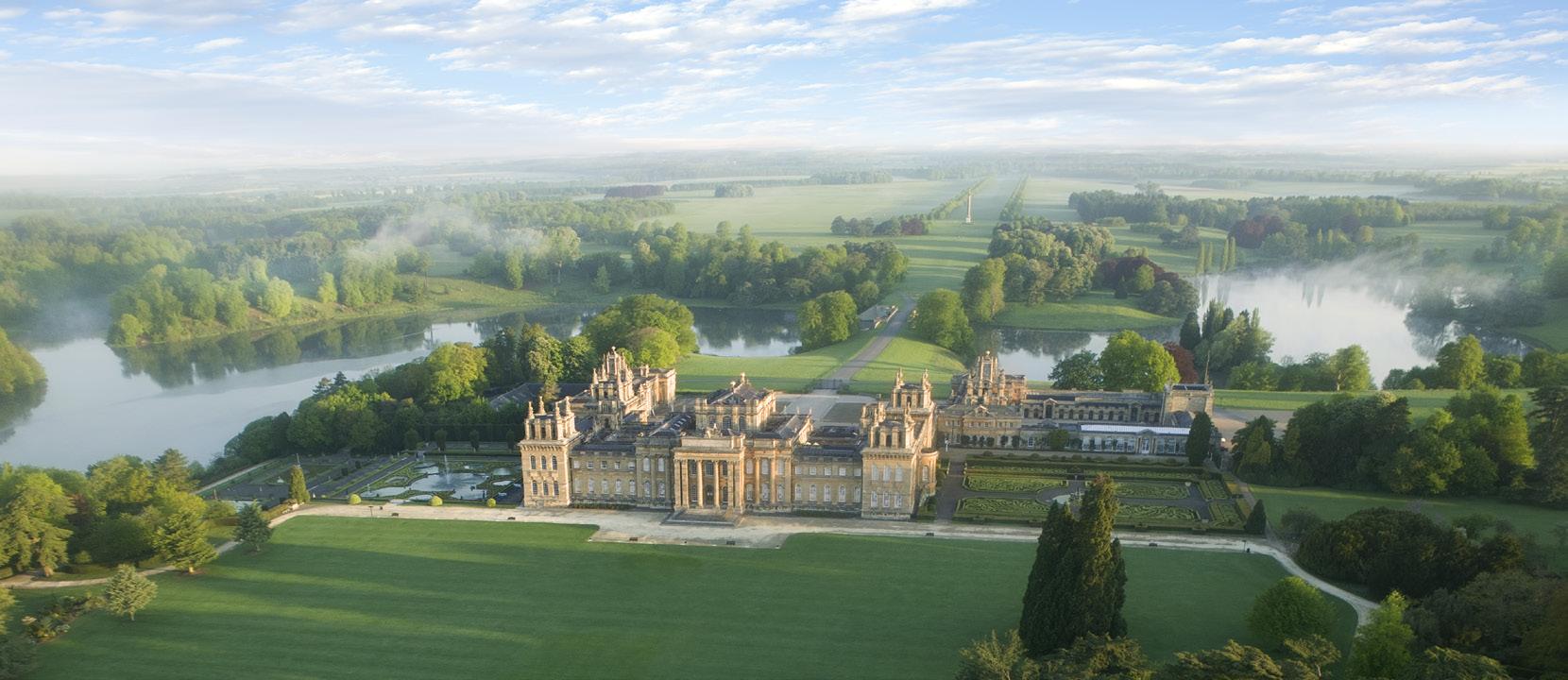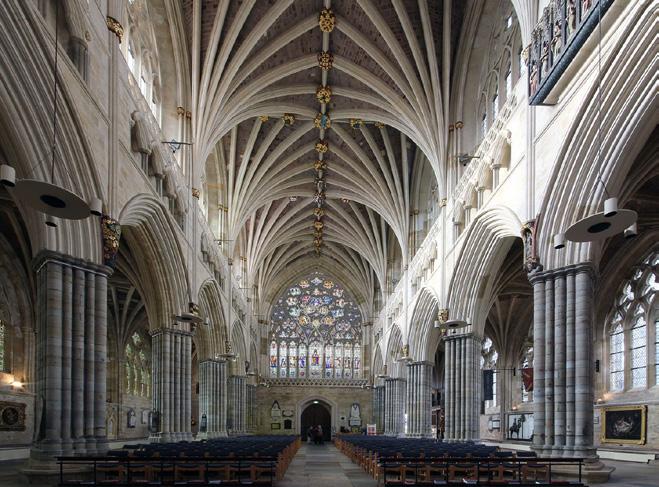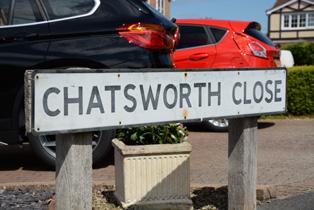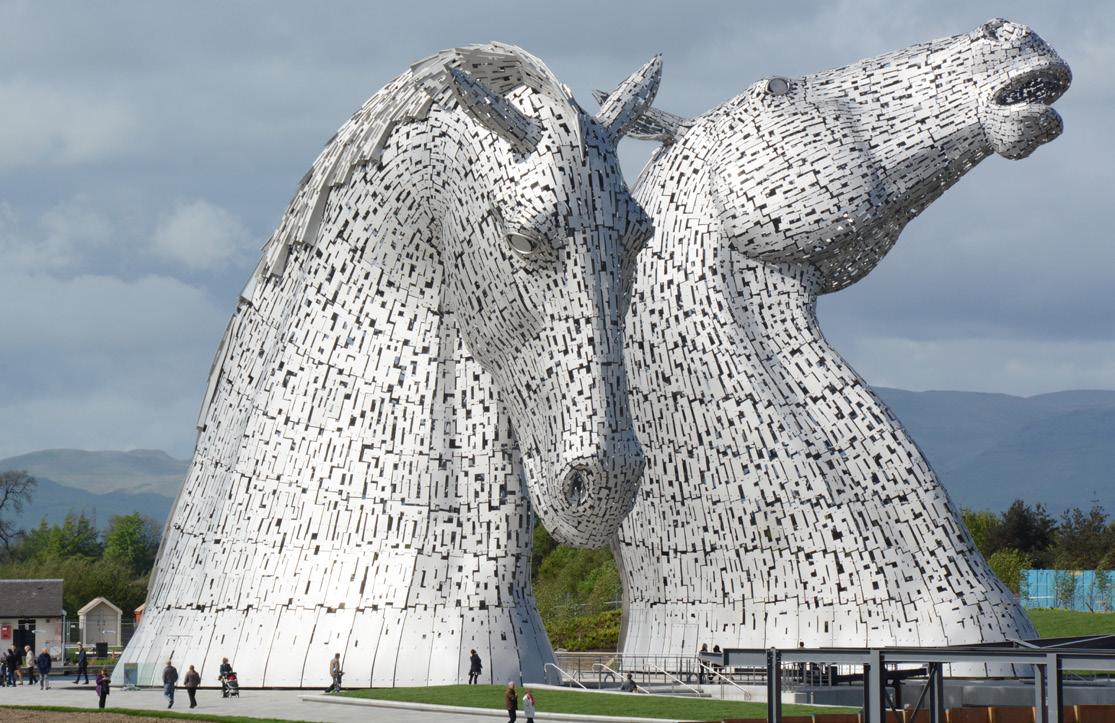
4 minute read
Travel in the Deepings?
Traditional travel and tourism might be some time before they return to any sort of normality. But if you need a travel fix, the answer might be closer than you realise. Stuart Render reveals some popular destinations lurking in plain sight in the heart of our community.
Taking advantage of the opportunity to get out and about on foot, you do notice things which, in a car, you might very probably miss. At footpath level this includes road signs. Take a route off Thackers Way and up pop roads bearing names such as Foxgloves, Marigolds and Bluebells. A little further along come Curlew Walk, Wren Close and Nightingales.
Advertisement
Back home, and looking at a map of Market Deeping and Deeping St James, I soon realise that it’s not only flowers and birds that are adding interest to the landscape. A quick count reveals around 30 roads named after towns, cities and villages. There’s even a country, although being pedantic, it’s not really a country. More about that in a moment.
So, to give you inspiration for future visits, here’s a light-hearted look at where you can travel without ever leaving the Deepings. Renaissance. This romantic, enchanting and utterly irresistible city is undoubtedly a place to feast on worldclass art and gourmet Tuscan cuisine. Located off Lady Margaret’s Way, Florence Way can surely claim to be similar.

Crowning a hill in rural Leicestershire, Belvoir Castle has been the home to the Duke of Rutland’s family since 1067. With exceptional views across the Vale of Belvoir, the castle remains one of the most magnificent and beautiful Regency houses in England. This ancestral home is the fourth castle to

stand on the site and was built in the early 1800s for the 5th Duke and Duchess of Rutland. Belvoir Close is somewhat newer.
Home of the Cavendish family since the 1550s, Chatsworth is one of this country’s most magnificent stately houses. Home of the Duke and Duchess of Devonshire, this hugely popular Derbyshire visitor attraction sits on the banks of the River Derwent in the heart of the Peak District. Chatsworth Close meanwhile sits in the heart of Tattershall Drive.
Moving into Deeping St James and just off Millfield Road, we find a cul-de-sac named after the county town of Devon. Exeter Close might

be small, but its namesake city has one of the largest cathedrals in the country and a unique astronomical clock. Pre-dating the arrival of the Romans in AD 50, Exeter’s history is rich and long. This is reflected in its fascinating visitor attractions, including its unique Underground Passages, imposing Roman wall and beautiful quayside.

Heading to the Northfields Industrial Estate we find a group of roads all named after historic aircraft marques. These, in turn, often took their names from major towns. Halifax Drive reflects the West Yorkshire town now famous for being the place to go if you fancy a last tango. But do check out the recently refurbished Grade 1 listed Piece Hall, a magnificent piece of 1779 architecture, and nearby Shibden Hall, the location for the BBC drama series Gentleman Jack.

Our only Scottish destination can be found close by. Stirling is home to one of Scotland’s great castles. Often described as the ‘Royal Castle’, when compared with Edinburgh and its ‘Military Castle’, Stirling Castle, in this writer’s opinion, offers a more satisfying visitor experience. Don’t miss The Kelpies, the world’s largest equine sculptures, and the Falkirk Wheel, a rotating boat lift, just down the road.




There are many more roads that deserve a mention, including Woburn Close, Sandringham Way and Blenheim Way (stunning stately houses),) Lincoln Close (majestic cathedral and historic city centre) and Douglas Road (capital of the Isle of Man and famous for its horse-drawn tram rides along the promenade. There’s also Beaufort Avenue, arguably our most international place name, with locations in Canada, Australia, France, Malaysia, the US, Ireland and many other countries. The residents of Beaufort Avenue will probably know the answer, but it seems likely that the road was named after the wind speed scale rather than the area of the mining town of Ebbw Vale in south Wales. But to end, a word about the country that isn’t. Holland as a country doesn’t actually exist. The country is called The Netherlands. The term Holland refers to just two of the country’s provinces: North Holland (around the tourism hotspot of Amsterdam) and South Holland (around Rotterdam). However, the term Holland has been used for centuries, primarily to describe people from the northern provinces, and latterly as a tourism brand. Mind you, it’s unlikely to affect the residents of Holland Close, off Kesteven Drive, who no doubt regularly get together to discuss cheese, windmills, tulips, bicycles and clogs!











